Let’s start with some basic information about the state of insurance in the U.S.. Or, rather, let’s start with some facts about the insured. Based on the most recent Census data, as of 2022 8.4% of Americans did not have health insurance. Truthfully, at first read that seemed lower than I was expecting and it has gone down over the years, much in part due to the Affordable Care Act. But, upon closer inspection I was pretty appalled by this number. While as a statistic 8.4% is not very high, it accounts for over 27 million people. Twenty-seven million! That is a lot of people. That is about 6 Louisians! That is 7 million more people than live in the state of New York! That is too many people who are most likely not getting the medical care that they need or deserve.
And then let’s talk about the rest of the population. Of those with health insurance (again, these numbers are from the most recent Census):
54.5% have employer based insurance
18.8% have Medicaid
18.7% have Medicare
3.4% have Tricare or VA Insurance (armed forces)
10% purchase their insurance directly from carriers or from the marketplace
Those numbers combined are actually a bit over 100% and that is because some folks had multiple types of coverage or multiple types throughout the year.
I’m glad so many people have health insurance. Not having health insurance is scary -- medical costs are extraordinarily high in the United States and a single medical bill has the ability to completely derail someone’s financial security. The fact that over 50% of folks get their health insurance from their employers makes me feel a few things. Again -- I’m happy folks get coverage, but anecdotally I know that this coverage can often feel like a set of fancy (or at least decent) handcuffs. Leaving a job that isn’t a good fit and starting something new, especially starting something entrepreneurial is a huge, terrifying, often incredibly gratifying leap, but because there aren’t great options for coverage outside of employer based plans (we’ll get to that 10% in a moment), it means that a lot of people don’t feel able to go out on their own. They feel stuck at jobs they’re miserable at.
For a country that prides itself on the American Dream, small businesses, and the ability to pull oneself up from the boot straps, this feels like an incredible structural oversight. Actually, I don’t really think it is an oversight. I think those in power just don’t really believe in the things they say they do. I think they think it is okay that the only people who are financially able to start their own businesses are already wealthy or have safety nets and few responsibilities.
So let’s talk about that 10% of folks who get their health insurance on the marketplace. While Verdi now has its own company based health insurance, I have experienced direct pay a lot over the past decade and it is how most of my clients get coverage so I feel pretty well versed in the manner. I’m glad that this option exists, but I hate how complex it can feel. I hate that in many states there are only a couple options for coverage which means that the options that do exist are rarely very good. I hate that coverage often feels overpriced and full of loopholes. I hate that small group insurance (coverage for businesses with fewer than 50 employees) is often more similar to the individual marketplace than the large company coverage. And, most of all I hate that if you don’t have coverage at all you are super screwed and if you do have coverage you are…well, still screwed.
Sorry this week’s post was a downer, but this topic really bums me out.
As always, I’m rooting for you.
XOXO,
P.S. The incredible course that Puno of ilovecreatives and I run, Finance Friends Forever, has a great chapter on insurance. If you want to learn more or learn how to determine what type of coverage(s) you need, I highly recommend checking it out.
P.P.S. AND the most recent podcast episode is live! I get even more in depth on this topic this week and I’d love for you to listen. If you enjoy the podcast please rate, subscribe, comment, or like. All of that engagement is incredibly helpful and appreciated :)


